Veins
Veins are blood vessels that carry blood back to the heart. They are an essential part of the circulatory system, working in conjunction with arteries and capillaries to transport oxygenated and deoxygenated blood throughout the body.
Structure of Veins
Veins have several key structural features:
- Valves: Veins contain one-way valves that help prevent the backflow of blood and assist in propelling it towards the heart.
- Thinner walls: Compared to arteries, veins have thinner walls and lower blood pressure, as they are not required to withstand the high pressure generated by the heart.
- Deoxygenated blood: Veins carry deoxygenated blood from the body's tissues back to the heart and lungs for reoxygenation.
- Convergence: Veins often converge as they move towards the heart, forming larger vessels that eventually empty into the heart's chambers.
Functions of Veins
Veins play several crucial roles in the circulatory system:
- Return blood to the heart: Veins transport blood from the body's tissues back to the heart, where it can be pumped to the lungs for oxygenation and then circulated to the rest of the body.
- Regulate blood volume: Veins can expand or contract to regulate the volume of blood in circulation, helping to maintain blood pressure and overall cardiovascular function.
- Assist in thermoregulation: Veins close to the body's surface can help regulate body temperature by redirecting blood flow to release or conserve heat as needed.
Study Guide
To better understand veins, consider the following study guide:
- Describe the structural differences between veins and arteries.
- Explain the role of valves in veins and why they are important for blood flow.
- Discuss the pathway of deoxygenated blood through the veins, starting from the body's tissues and ending at the heart.
- Compare and contrast the functions of arteries and veins in the circulatory system.
- Illustrate how veins contribute to the body's thermoregulation processes.
[Veins] Related Worksheets and Study Guides:
.◂Science Worksheets and Study Guides Kindergarten. Pushing, Moving, Pulling
Coloring Worksheet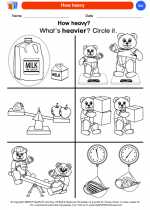 How heavy
How heavy  Coloring Worksheet
Coloring Worksheet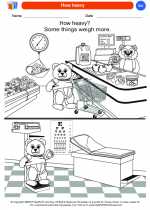 How heavy
How heavy  Coloring Worksheet
Coloring Worksheet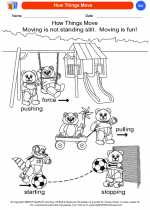 How Things Move
How Things Move  Coloring Worksheet
Coloring Worksheet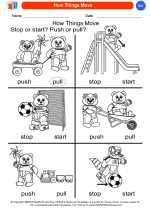 How Things Move
How Things Move  Coloring Worksheet
Coloring Worksheet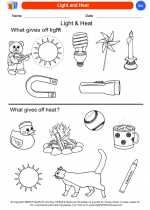 Light and Heat
Light and Heat  Coloring Worksheet
Coloring Worksheet Light and Heat
Light and Heat  Coloring Worksheet
Coloring Worksheet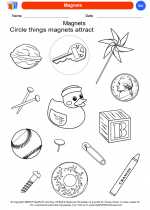 Magnets
Magnets  Coloring Worksheet
Coloring Worksheet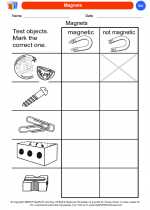 Magnets
Magnets  Coloring Worksheet
Coloring Worksheet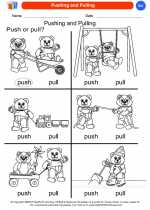 Pushing and Pulling
Pushing and Pulling  Coloring Worksheet
Coloring Worksheet Pushing and Pulling
Pushing and Pulling  Coloring Worksheet
Coloring Worksheet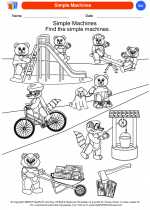 Simple Machines
Simple Machines  Coloring Worksheet
Coloring Worksheet Simple Machines
Simple Machines  Coloring Worksheet
Coloring Worksheet Sink and Float
Sink and Float  Coloring Worksheet
Coloring Worksheet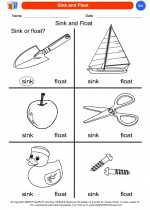 Sink and Float
Sink and Float  Coloring Worksheet
Coloring Worksheet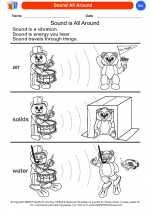 Sound All Around
Sound All Around  Coloring Worksheet
Coloring Worksheet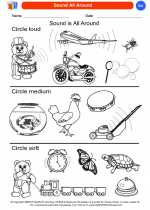 Sound All Around
Sound All Around  Coloring Worksheet
Coloring Worksheet Up and Down
Up and Down  Coloring Worksheet
Coloring Worksheet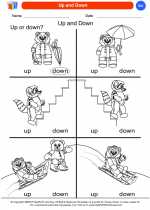 Up and Down
Up and Down  Coloring Worksheet
Coloring Worksheet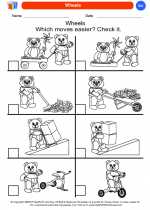 Wheels
Wheels  Coloring Worksheet
Coloring Worksheet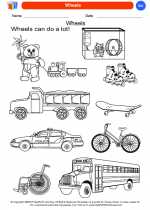 Wheels
Wheels 

 Coloring Worksheet
Coloring Worksheet
 Coloring Worksheet
Coloring Worksheet
 Coloring Worksheet
Coloring Worksheet
 Coloring Worksheet
Coloring Worksheet
 Coloring Worksheet
Coloring Worksheet
 Coloring Worksheet
Coloring Worksheet
 Coloring Worksheet
Coloring Worksheet
 Coloring Worksheet
Coloring Worksheet
 Coloring Worksheet
Coloring Worksheet
 Coloring Worksheet
Coloring Worksheet
 Coloring Worksheet
Coloring Worksheet
 Coloring Worksheet
Coloring Worksheet
 Coloring Worksheet
Coloring Worksheet
 Coloring Worksheet
Coloring Worksheet
 Coloring Worksheet
Coloring Worksheet
 Coloring Worksheet
Coloring Worksheet
 Coloring Worksheet
Coloring Worksheet
 Coloring Worksheet
Coloring Worksheet
 Coloring Worksheet
Coloring Worksheet
